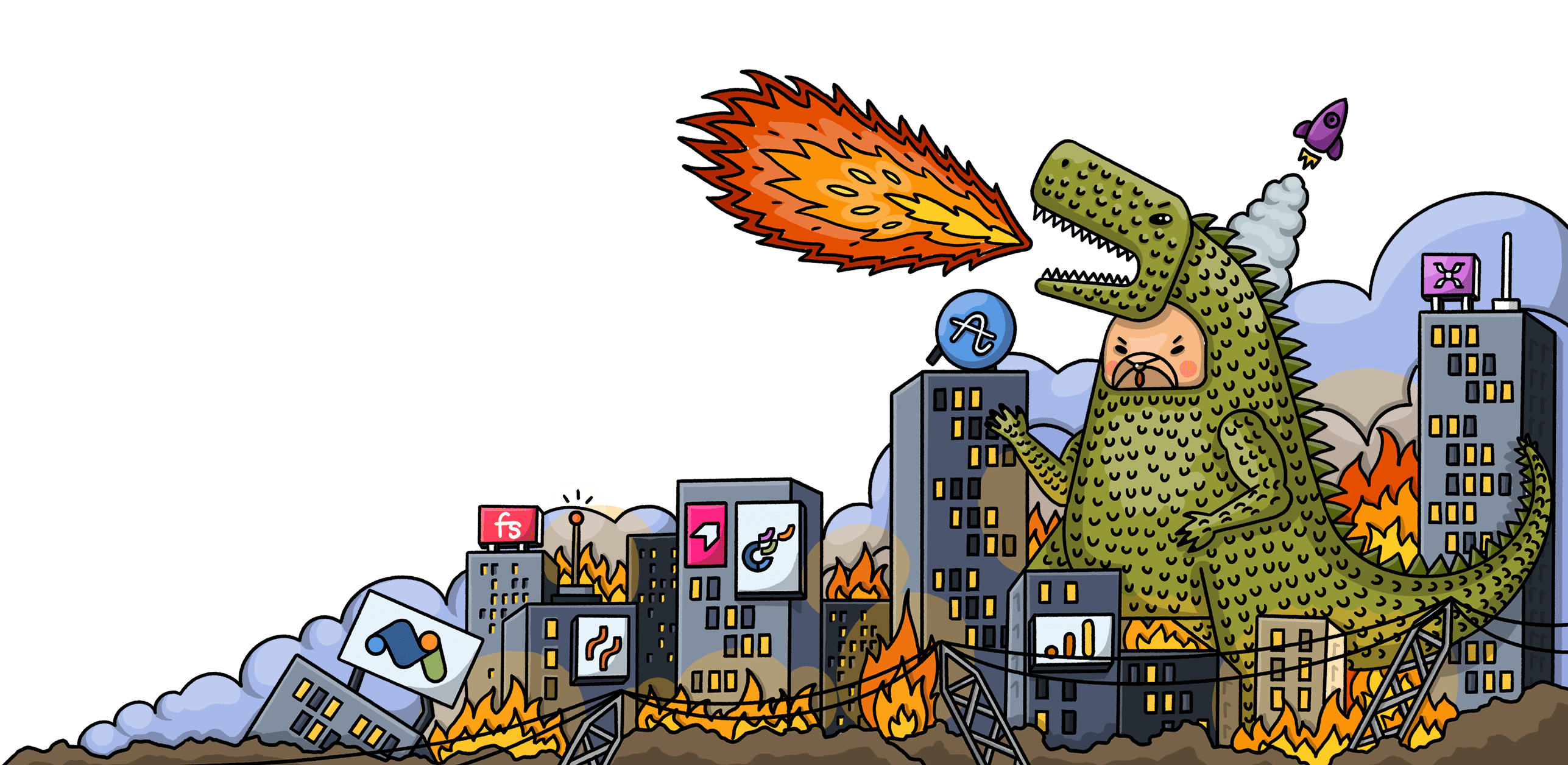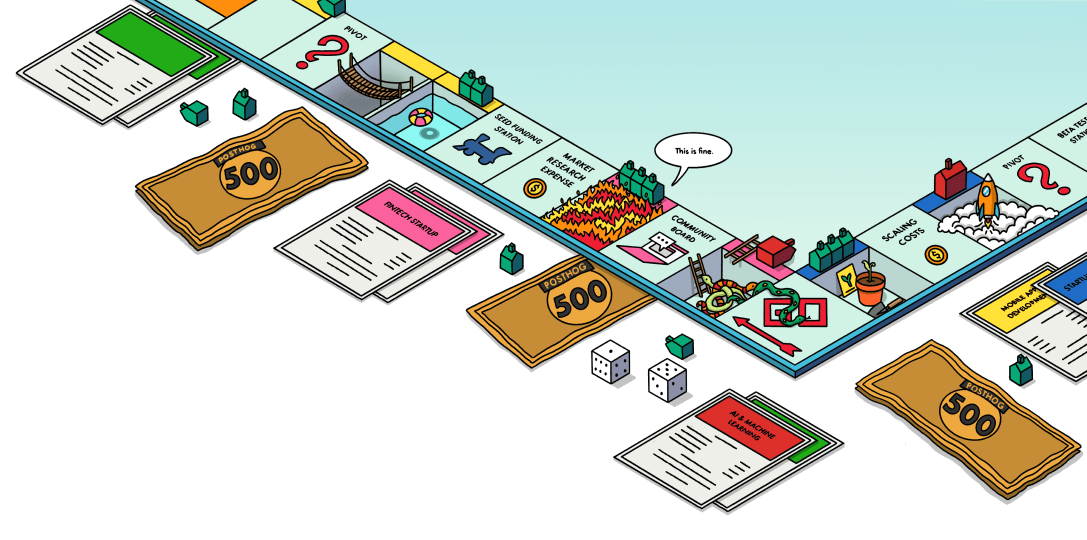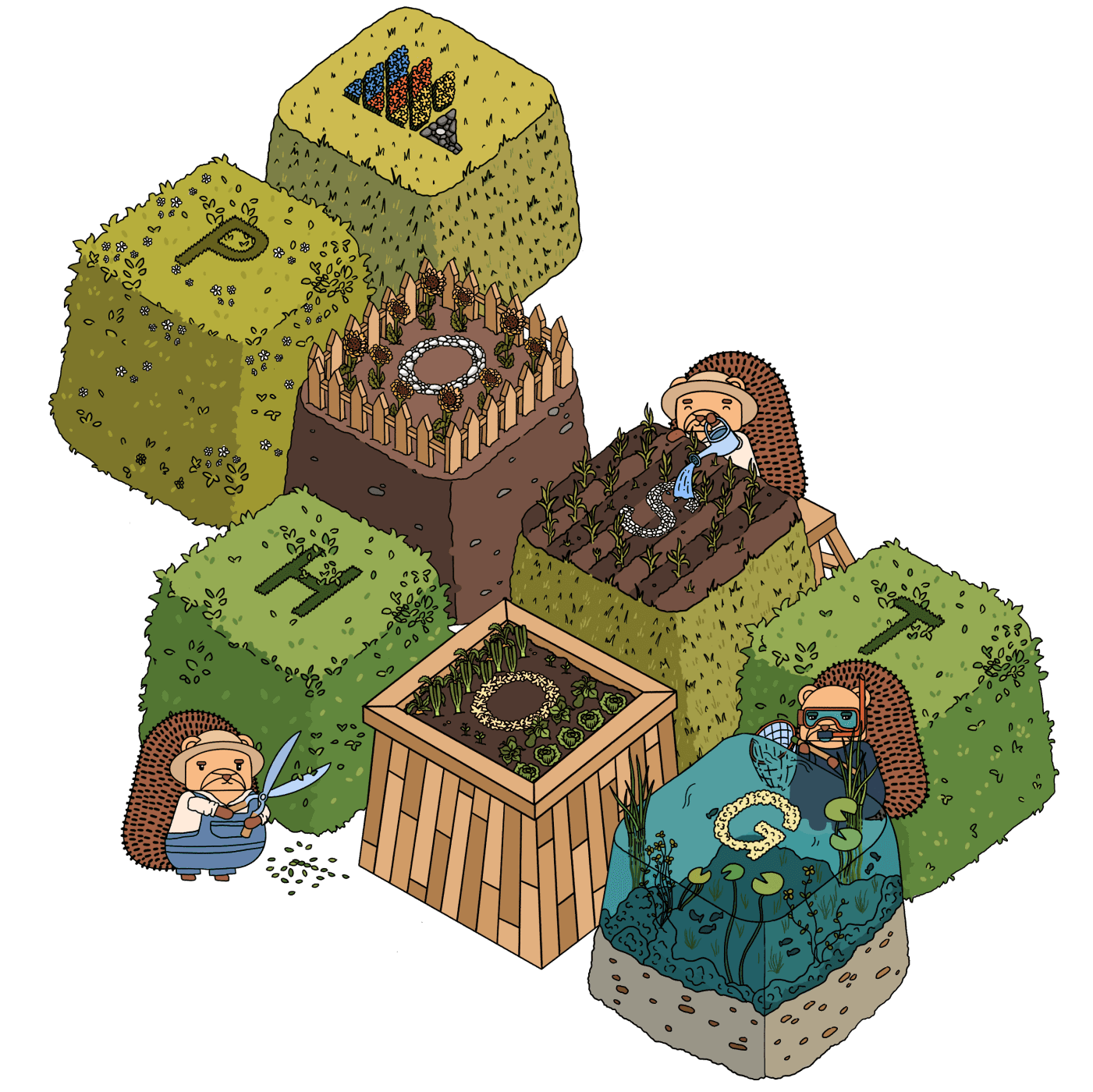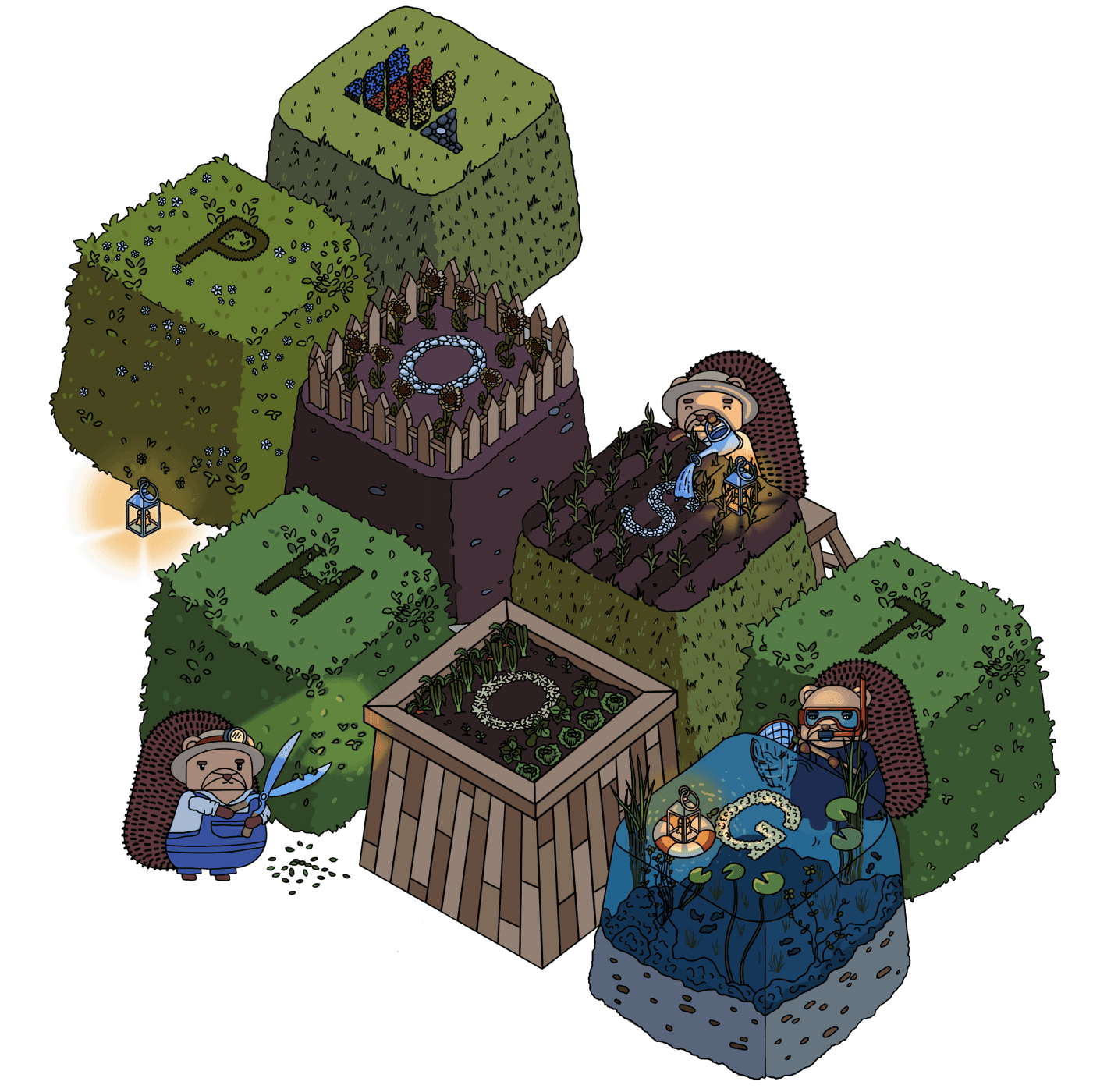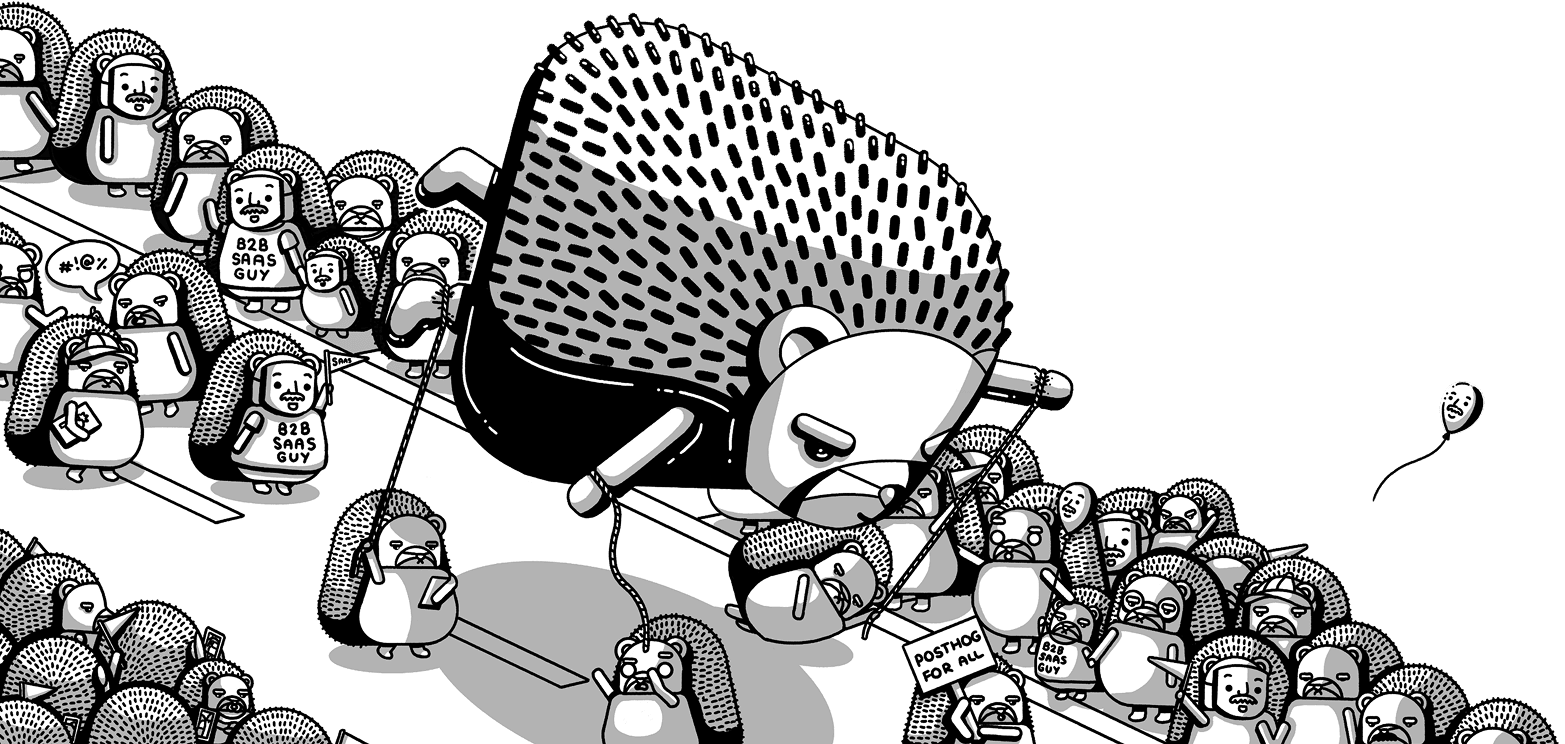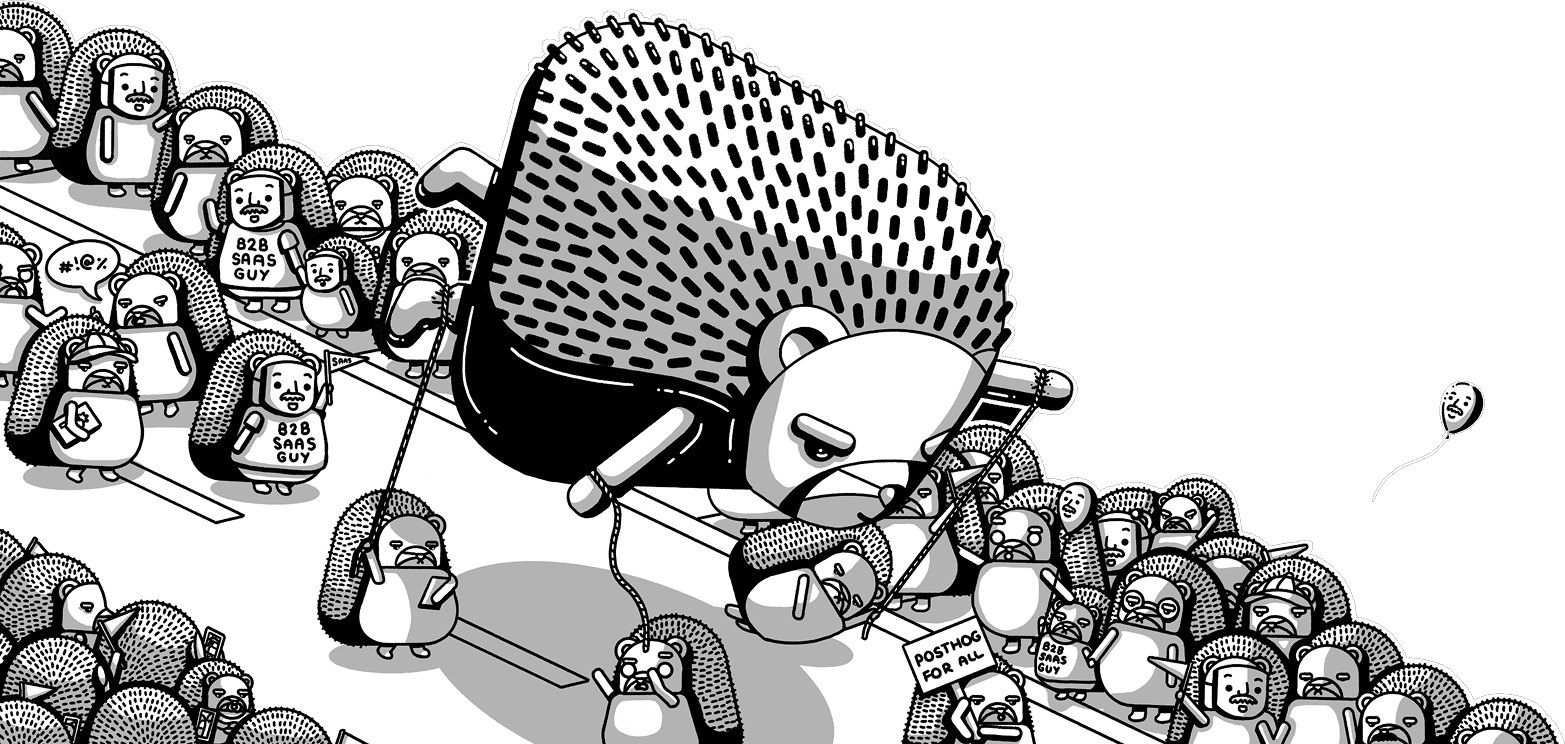Projects
Contents
A project is a silo of data within PostHog. All data belongs to a single project and all queries are project-specific.
Every project has its own distinct write-only token, which you can use to initialize your integration of choice, as well as to connect to our API. You can always regenerate this token, but keep in mind that the old one will be immediately revoked.
Every new organization (including the one created for you on account creation) comes with a fresh project named "Default Project". You can rename or delete it as you see fit.
To switch between projects, navigate to project settings, or create new projects, use the project switcher in the middle of the top bar. You can also quickly go to the current project's settings from the sidebar.
How to organize projects
For most companies, we recommend creating three projects:
- Local Development - when you're running the app on your own device
- Staging - when you're running your app on a staging server
- Production - for all your production data (e.g. your live website/app)
This way you can test out analytics in development and staging environments, while keeping that test data separate from production.
We also strongly recommend keeping your apps and marketing website on the same production project. This way you can track the user journey holistically (e.g. how many blog readers convert to paid product users) and see all the relevant events for a person in one place.
You can still query data for your app or marketing website separately if needed. A way to do this is filtering by the host property, for example setting host to posthog.com. Alternatively, you could set super properties and then filter by them.
It's best to use separate projects for:
- Apps that are entirely separate products with unlinked authentication systems
- Admin apps that aren't customer-facing products
- Internal websites and services
Moving projects between organizations
You can move a project from one organization to another through project settings. However, there are a few requirements to keep in mind:
- You need to be an owner or admin of the originating organization to transfer a project
- You need to be a member of the target organization
- The originating organization must have at least two projects before you can move one
- Since free organizations are limited to one project, you may need to temporarily upgrade your plan and add billing details to create a second project
- After the move is complete, you can downgrade the original organization back to the free plan if desired
Moving a project will mean all original organization members will lose access (including via things like API keys) unless they also are part of the target organization.
